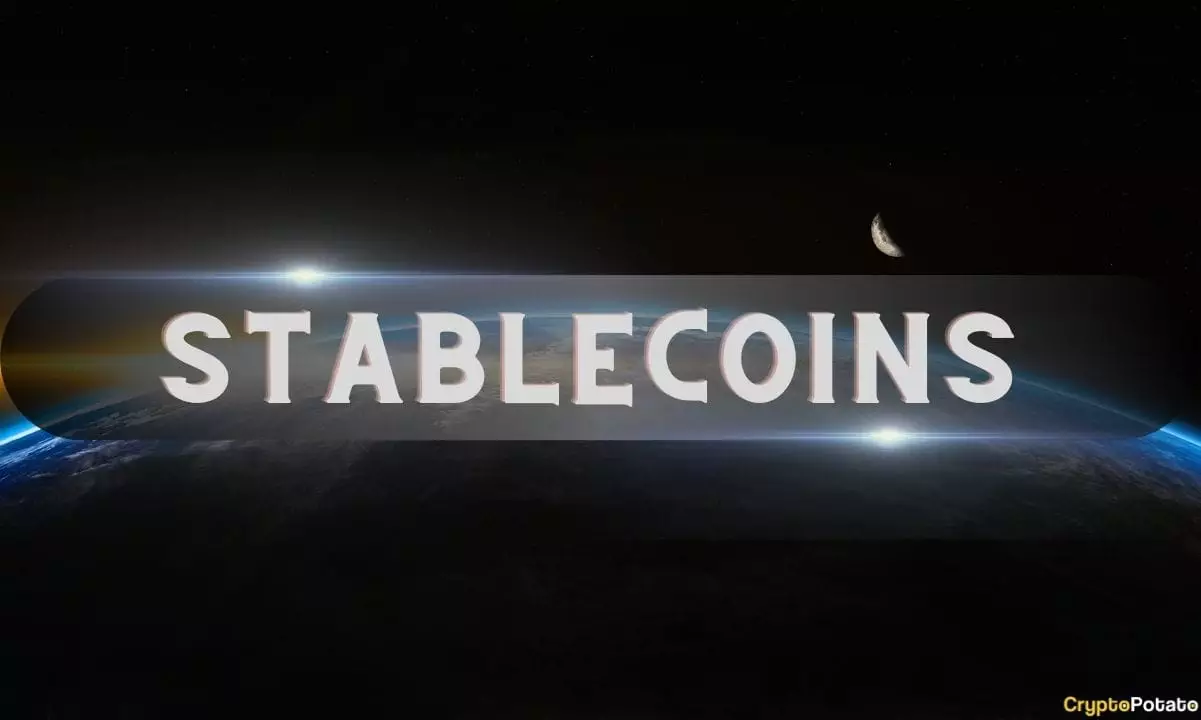As the world of cryptocurrencies continues to evolve, the demand for stablecoins remains unwavering. The recent announcement from Reeve Collins, a co-founder of Tether, regarding the launch of a decentralized stablecoin named USP marks a significant development in this dynamic space. Set to debut in 2025 on the Ethereum and Solana blockchains, USP aims not merely to compete but to redefine the standards of what a stablecoin can be in a market already dominated by established players such as Tether and USDC.
The innovation behind USP rests on its unique approach to backing and yield generation. Unlike traditional stablecoins that primarily rely on fiat currency reserves, USP will be collateralized with yield-bearing real-world assets, such as government bonds and over-collateralized with conservative instruments like Treasuries. This contrasts with the existing models where yield generation largely benefits the issuers. Collins articulates an essential shift in the market, emphasizing that the evolution of stablecoins should inherently involve providing yields to the minters. This conception will create a new ecosystem where USP holders can earn returns through a supplemental token called USI.
The competitive landscape for stablecoins is quite intense, with Tether claiming a 60% market share, while USDC, issued by Circle, holds about 24%. Despite these giants, recent discussions and strategies from industry leaders indicate a clear intent to disrupt this status quo. For instance, Coinbase CEO Brian Armstrong has openly declared ambitions to elevate USDC to the pinnacle of stablecoin adoption, although this remains a daunting task given Tether’s established dominance. USP’s strategy, with its focus on transparency and yield generation, might offer a compelling alternative for investors seeking more than just price stability.
Another critical factor shaping the future of stablecoins like USP is the evolving regulatory landscape. Following the recent electoral changes in the United States, there’s a renewed vigour towards establishing a regulatory framework that could significantly influence stablecoin operations. With the backing of well-structured compliance mechanisms, USP could capitalize on this environment, presenting itself as a more trustworthy option for both investors and regulators compared to its predecessors that faced scrutiny due to their opaque reserving practices.
As USP prepares to launch, it does so in a market that demands innovation alongside trust. The principles behind USP—yield generation, transparent collateralization, and utilizing smart contracts—represent a thoughtful response to existing challenges faced by stablecoins. Nonetheless, the path forward is fraught with challenges, including overcoming the entrenched dominance of Tether and adapting to the ever-shifting regulatory landscape. For Collins and his team, the next few years will be critical in determining whether USP can claim a significant share of the market while fulfilling its vision of a more equitable stablecoin ecosystem. Ultimately, the success of USP will depend not only on technical execution but also on its ability to resonate with a diverse base of users entrusting their capital in an evolving financial paradigm.















